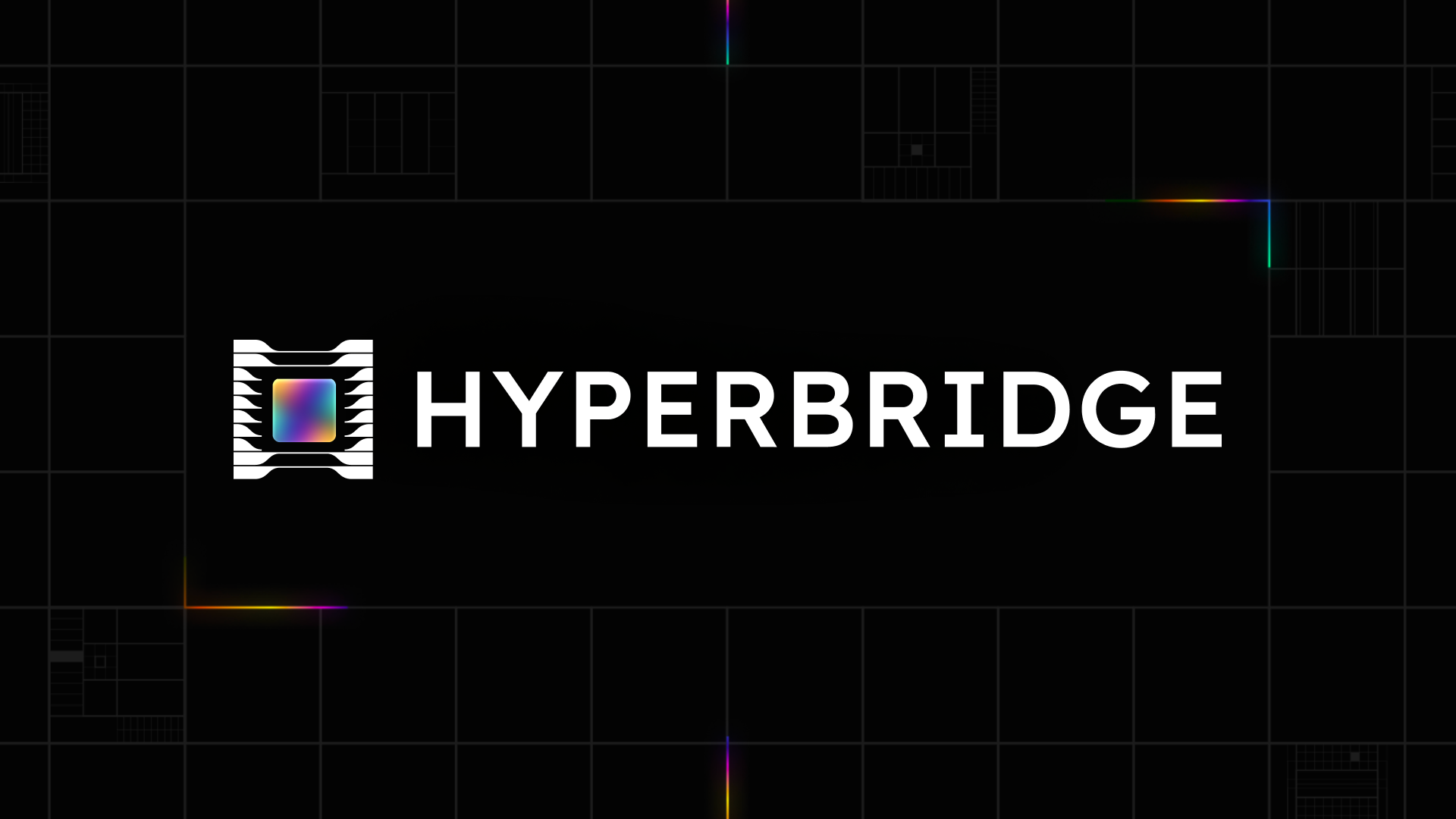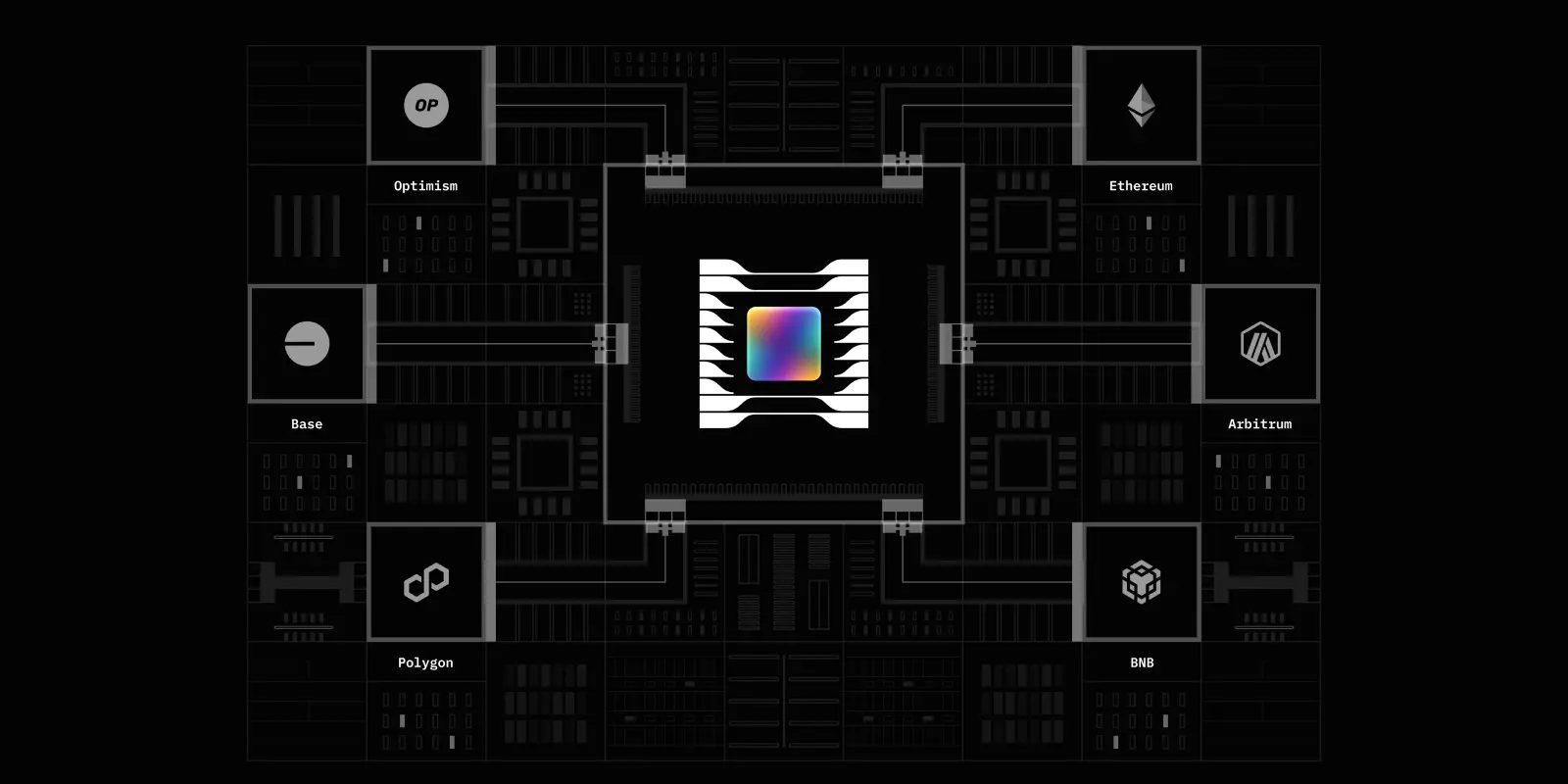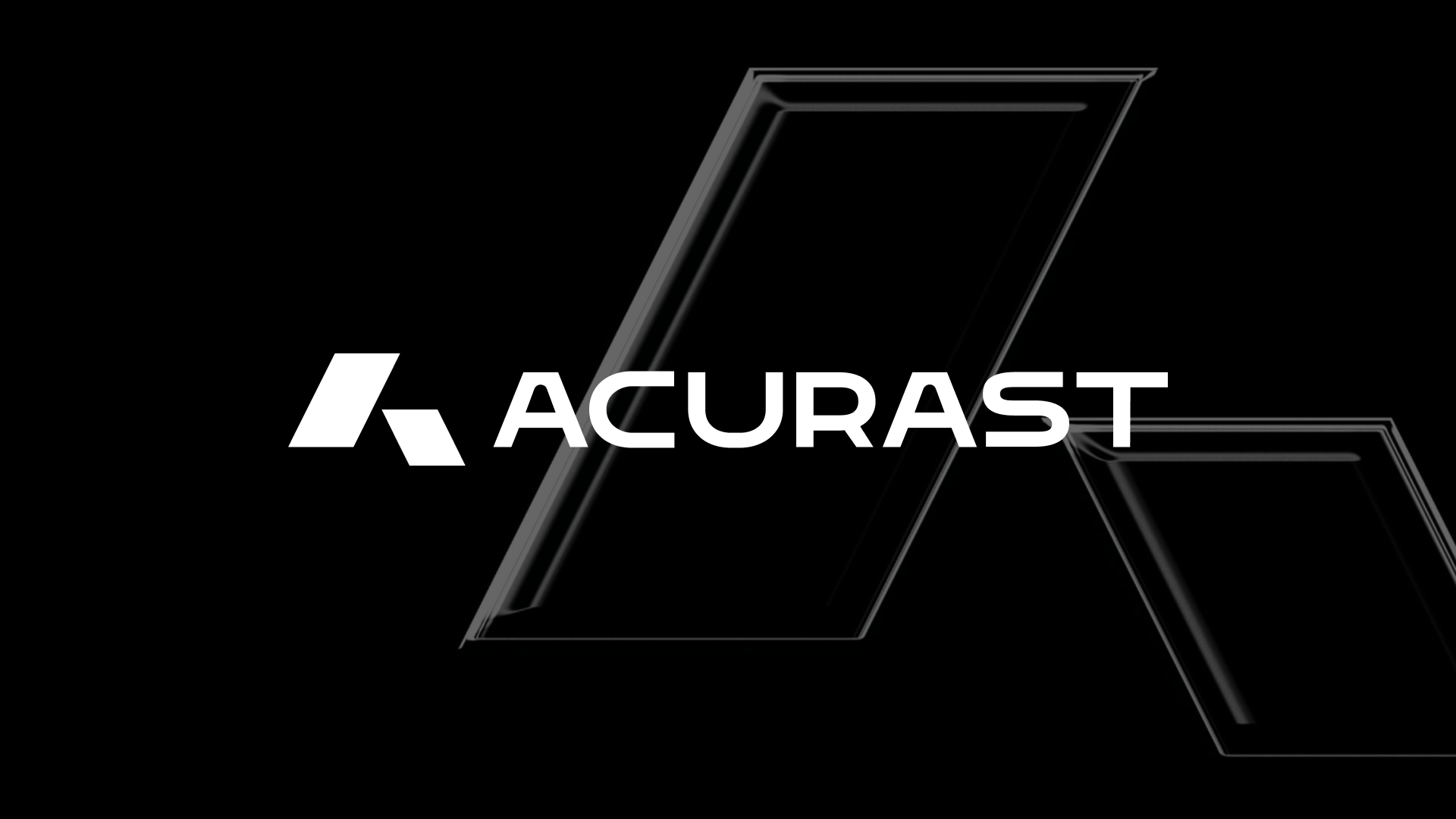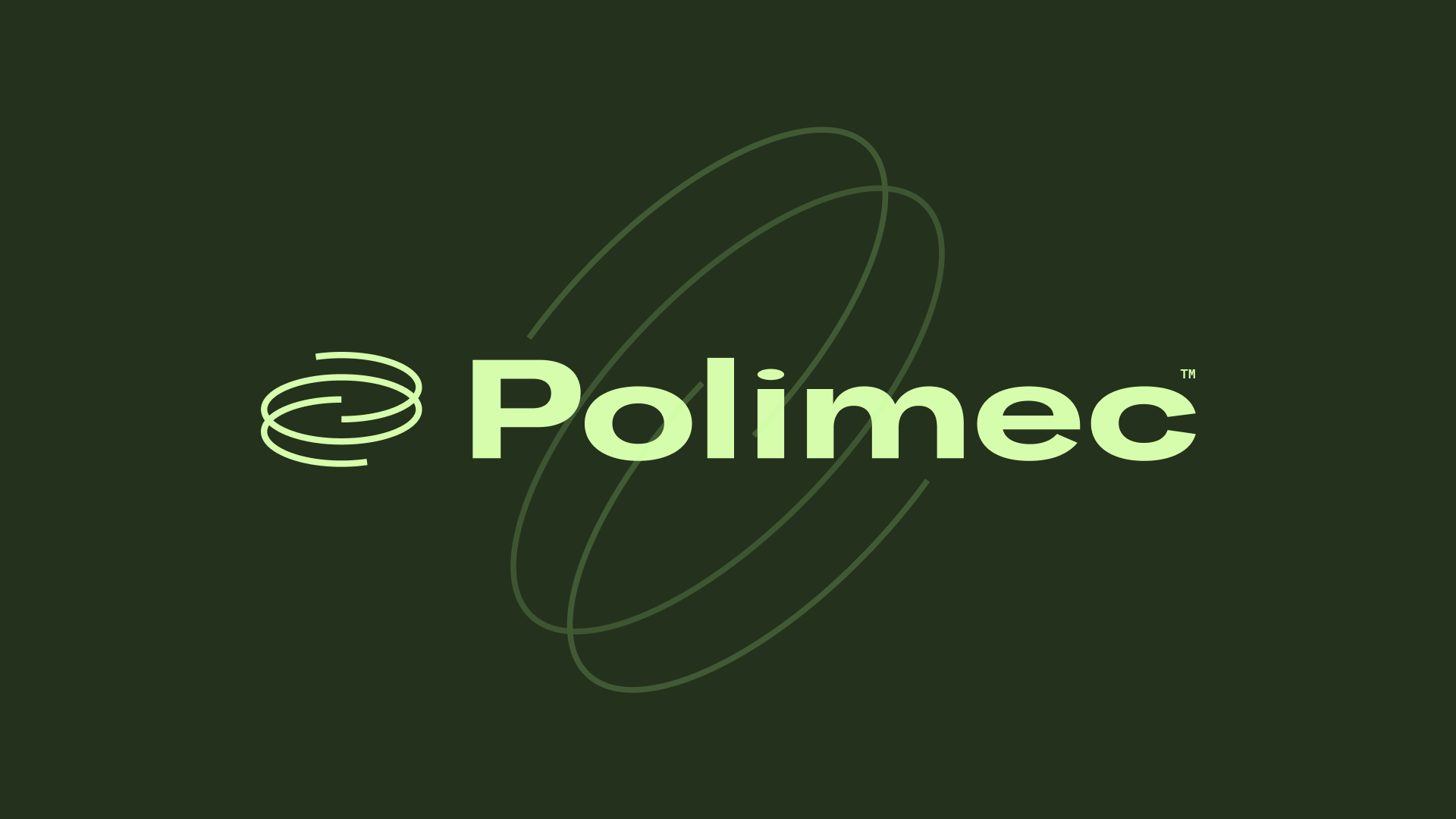Hyperbridge creates a fully onchain multichain bridge
Hyperbridge redefines cross-chain interoperability with a fully onchain, multichain bridging solution offering secure, seamless cross-chain interoperability.
 By Polkadot•January 13, 2025
By Polkadot•January 13, 2025
Bridge infrastructure
Bridged 1,000+ DOT shortly after launch
Hyperbridge is a secure, multichain bridging solution that enables seamless and verifiable interoperability between blockchain networks. Designed to overcome the limitations of traditional bridges, Hyperbridge ensures that transactions and data exchanges between chains are authenticated directly onchain, eliminating the risks associated with offchain verification methods.
Challenge: The hidden cost of offchain verification
The blockchain industry has long grappled with significant challenges in achieving secure and efficient cross-chain interoperability:
- Security risks in traditional bridges: Cross-chain often rely on offchain authentication systems, which create centralized points of failure, underscored by high-profile exploits like those on Multichain, Poly Network, and Ronin. "There are two kinds of bridges: those that authenticate offchain and those that authenticate onchain. Offchain bridges, like LayerZero, Axelar, and Wormhole, depend on just a few parties for verification, leaving them vulnerable to external attacks and internal compromise," explains Hyperbridge founder Seun Lanlege.
- Scalability for a multichain ecosystem: Traditional bridges struggle to handle increasing transactions from rapid multichain network growth, leading to congestion, high costs, and reduced usability.
- Liquidity fragmentation across chains: Fragmented security zones cause assets moving across chains to lose their fungibility, leading to multiple trade fees and disjointed liquidity pools.
Hyperbridge emerged from the frustration with these shortcomings. The solution required not just better security, but also overcoming the computational bottlenecks that made secure verification infeasible for most existing systems, including advanced ZK (Zero-Knowledge) solutions. Recognizing the need for a blockchain with shared security, scalable parallelized execution, and seamless interoperability, Hyperbridge sought out Polkadot as the foundation to achieve its vision of secure, efficient, and unified cross-chain bridging.
Solution: Truly secure multichain interoperability
Hyperbridge leverages Polkadot's modular architecture to achieve seamless onchain verification across multiple networks. Unlike one-to-one, trustless bridging solutions like NEAR and Cosmos IBC, Hyperbridge utilizes Polkadot to power the first multichain bridge with a fully onchain verification system. Hyperbridge’s onchain verification uses light clients to authenticate cross-chain transactions securely. These clients operate as minimal blockchain nodes, validating proofs directly onchain without requiring trust in third-party intermediaries, eliminating vulnerabilities associated with offchain authentication.
Hyperbridge leverages many key strengths of Polkadot's architecture, including its native cross-consensus messaging (XCM) and its unique parallel processing capabilities. This combination allows Hyperbridge to unify fragmented liquidity and scale seamlessly with the growing multichain ecosystem. As network demands increase, Polkadot’s native horizontal scaling enables Hyperbridge to simply add new cores to handle higher transaction volumes without compromising performance. Combined with Polkadot’s optimized consensus proofs, this creates a secure and cost-effective foundation for cross-chain verification.
"Polkadot actually has the cheapest consensus proofs of any network today," explains Lanlege. "This is how we're able to settle cross-chain transactions cheaply across all the different networks."
The Web3 Foundation's support, in combination with Polkadot's vibrant developer ecosystem, has accelerated Hyperbridge's development and community growth. This dual momentum pushed the team’s technical boundaries while building with a community of engaged users and developers.
Results and impact

Since launching its mainnet, Hyperbridge has facilitated over 1,000 DOT in bridged transactions, while keeping transaction costs significantly lower than existing bridge solutions. Early community adoption is gaining momentum, with users beginning to bootstrap liquidity pools on networks like Base and exploring new use cases for DOT tokens across various ecosystems. These early signs of traction highlight the platform’s potential to address key cross-chain challenges and drive wider, cross-ecosystem adoption over time.
What’s next
Hyperbridge envisions a future where secure, verifiable cross-chain bridging becomes the industry standard. With its foundation built on Polkadot, the team executes an ambitious roadmap focused on decentralization, ecosystem expansion, and scalable security. The immediate priority is transitioning to a fully decentralized model. "We're implementing crypto-economic mechanisms that will allow community members to run relayers and collators, and earn incentives," explains Lanlege. “This step is crucial in eliminating central points of control and aligning with web3's core principles."
At the same time, Hyperbridge is rapidly expanding its network connections. The team is launching an explorer to improve transparency and working closely with developers to integrate additional chains. Hyperbridge aims to continuously scale its infrastructure to support thousands of chains with the same institutional-grade security guarantees and performance levels. By leveraging Polkadot's ability to connect with any compatible chain without enforcing specific consensus models, Hyperbridge envisions becoming the critical hub for verifiable cross-chain bridging, with DOT emerging as a key asset across multiple networks.
"Polkadot is optimized for interoperability in a way that no other network is. Its ability to connect securely and affordably with diverse blockchain ecosystems made it a natural choice for Hyperbridge."









